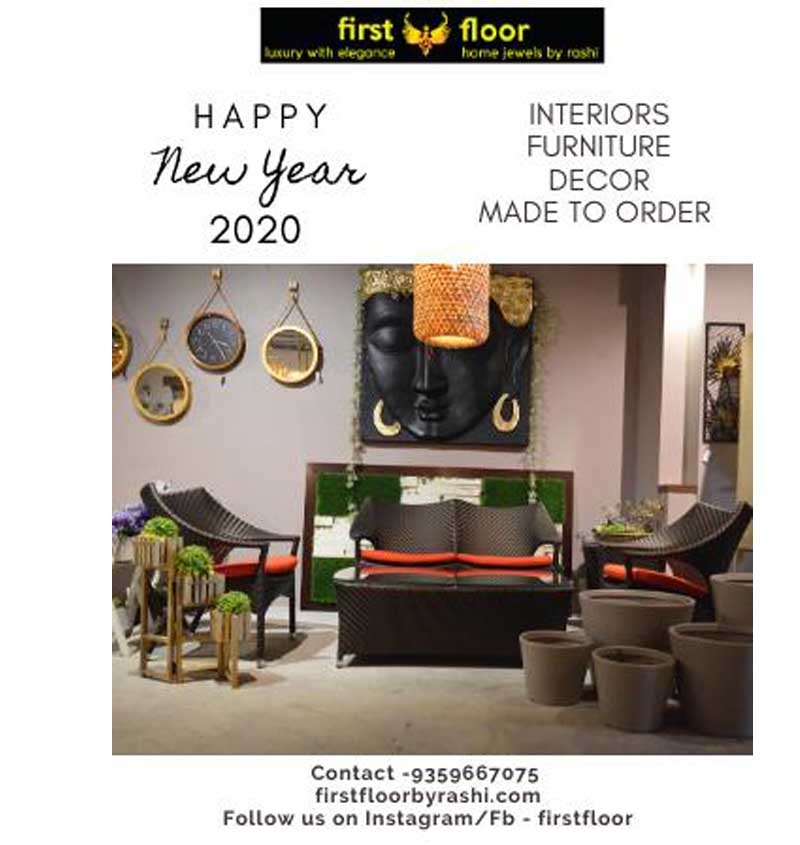1. Personalized Design Experiences
One of the most remarkable contributions of AI to interior design is its ability to create personalized experiences for clients. Traditionally, interior designers would work closely with clients to understand their tastes, preferences, and lifestyle needs. With the help of AI, this process can now be enhanced through the use of algorithms and data analysis.
AI-powered platforms can analyze a client’s preferences by assessing their previous design choices, social media activity, and even lifestyle habits. For example, if a client tends to enjoy minimalist aesthetics or prefers a particular color palette, AI can generate design suggestions based on these preferences. Furthermore, AI can recommend furniture, lighting, color schemes, and layouts tailored specifically to the space, resulting in a highly personalized interior design plan.
2. Virtual and Augmented Reality for Design Visualization
One of the most challenging aspects of interior design has always been helping clients visualize how a design will look in a real-world setting. Enter AI-driven virtual reality (VR) and augmented reality (AR), which have revolutionized the way designers and clients interact with design concepts.
With AI, interior designers can create virtual walkthroughs of spaces, allowing clients to see potential designs in 3D before any physical work begins. VR and AR tools enable clients to step inside their future space, explore different design elements, and even make adjustments in real-time. This immersive experience gives a level of confidence and clarity that traditional 2D sketches or renderings simply cannot achieve.
Moreover, AI can automatically adjust and adapt the visualizations based on real-world measurements and spatial constraints, ensuring that designs are both feasible and visually appealing. This streamlines the design process and reduces the chances of costly mistakes during execution.
3. Optimizing Space Planning and Layouts
Efficient space planning is a crucial aspect of interior design, especially in smaller spaces. AI tools can analyze room dimensions, furniture proportions, and functional requirements to generate optimal layouts that maximize both functionality and aesthetics.
AI-powered software can suggest furniture arrangements that maximize flow, ensure proper ergonomics, and make the best use of available space. For example, AI can help designers create layouts that maximize natural light, improve traffic flow, or suggest multi-functional furniture that adapts to different needs. In commercial or office spaces, AI can even assess foot traffic patterns to determine the most efficient layouts for employee productivity and collaboration.
By leveraging AI’s data-driven approach, designers can quickly test and tweak different configurations, ensuring that every space is optimized for its intended use.
4. Smart Homes and Automation
The rise of smart home technology has significantly influenced interior design, and AI is playing a central role in the integration of these technologies. AI-driven smart home systems allow interior designers to incorporate advanced automation into their designs, making spaces more intuitive and efficient.
For instance, AI-powered lighting systems can automatically adjust based on time of day, activity, or even the user’s mood, while smart thermostats can optimize temperature settings to create a comfortable environment. AI-driven voice assistants, such as Alexa or Google Assistant, can be integrated into design plans to provide convenience and control over various aspects of the home.
Interior designers are increasingly incorporating smart technology into their designs, blending aesthetics with functionality. Whether it's adjusting lighting to enhance a specific ambiance or integrating energy-efficient systems, AI helps create spaces that are not only beautiful but also intelligent and sustainable.
5. Enhancing Design Efficiency and Workflow
In the fast-paced world of interior design, time is often of the essence. AI can streamline many aspects of the design process, significantly enhancing efficiency and workflow. Tasks such as material selection, sourcing furniture, and generating mood boards can now be automated or accelerated using AI tools.
AI-powered software can quickly recommend materials based on factors like durability, texture, and cost, making the material selection process faster and more efficient. Designers can also use AI to generate realistic renderings of design concepts in minutes, speeding up the approval process and allowing clients to visualize their space more effectively.
Additionally, AI can analyze data from previous projects and design trends to provide designers with valuable insights. This predictive capability can help designers stay ahead of trends and deliver modern, innovative solutions to their clients.
6. Sustainability and Environmental Considerations
Sustainability has become a key focus in interior design, and AI is playing a vital role in promoting environmentally conscious practices. AI tools can assess the environmental impact of materials and products, helping designers make informed decisions about sustainability.
For example, AI can recommend eco-friendly materials, analyze energy efficiency, and suggest ways to minimize waste during the design and construction process. AI-powered systems can even optimize energy consumption within the home or office, ensuring that spaces are both sustainable and cost-effective over time.
AI can also help monitor the carbon footprint of a design and propose alternatives that are more sustainable, thus contributing to a greener future for the design industry.
7. Improving Customer Service and Communication
In an era where customer experience is everything, AI is enhancing communication and customer service in interior design. AI-powered chatbots and virtual assistants are now being used by design firms to engage with clients, answer questions, and even schedule appointments.
These AI-driven tools help improve the efficiency of client interactions, providing 24/7 support and assisting with project management tasks. For designers, AI can also automate administrative duties, such as sending invoices, managing appointments, and tracking project progress. This allows designers to focus more on the creative and strategic aspects of their work.
8. Predicting Future Trends
AI is not only useful for current design projects, but it can also help predict future trends in interior design. By analyzing large sets of data from online platforms, social media, and industry reports, AI can identify emerging trends in colors, materials, furniture, and design styles.
Designers can use these insights to stay ahead of the curve, offering clients the latest in interior design trends. By understanding what’s gaining popularity or what consumers are gravitating towards, designers can make informed decisions that ensure their work remains relevant and fresh.
Conclusion
AI is rapidly transforming the interior design industry, bringing a new level of efficiency, creativity, and personalization to the process. From designing personalized spaces to optimizing workflows and incorporating smart technology, AI is changing the way interior designers approach their work. As AI continues to evolve, the possibilities for interior design are limitless. The future of design is not just about beautiful spaces; it’s about creating intelligent, functional, and sustainable environments that meet the needs and desires of the people who live in them. With AI at the forefront, interior design is poised to enter a new era of innovation and possibility.



















Your Message